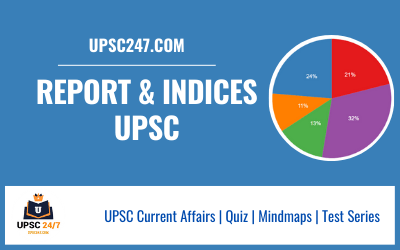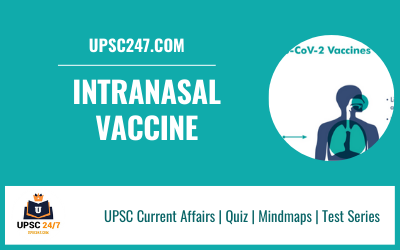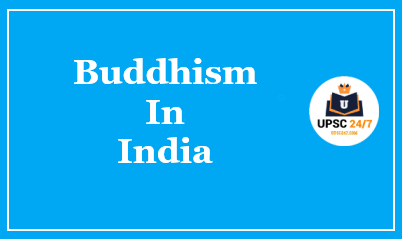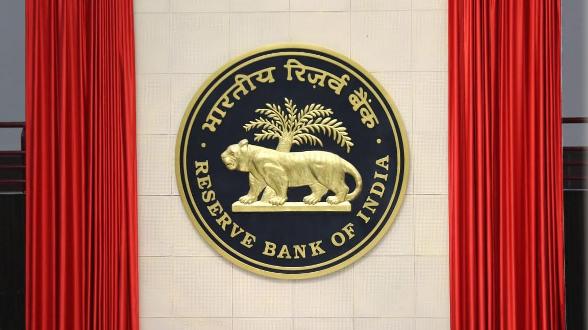India Inequality Report 2021 UPSC | Explained | Why In The News ?
The report titled “India Inequality Report 2021: India’s Unequal Healthcare Story” released by Oxfam India

India Inequality Report 2021 UPSC : Key Findings of the 2021 Report
| Female Literacy |
- Literacy rate for women in the general category is 18.6 percent higher than SC women and 27.9 percent higher than ST women.
- Inequality is evident in the attainment of female literacy with a gap of 55.1% between the top and bottom 20 percent of population in 2015-16
|
| Sanitation |
- Two out of three households have access to improved, non-shared sanitation facilities in the general category.
- While SC households are 28.5 percent behind them, and ST are 39.8 percent behind them.
- Only 30.2 % of Total Households have piped water into residence
|
| Health Expenditure |
- 81 percent of the total hospitalisation expenditure is covered through the savings of the household while one in every six rupees spent is through borrowing.
- More than 50 percent of out of pocket expenditure is utilized in purchasing medicines and another 10 percent in medical and diagnostic labs.
- 97th Constitutional Amendment UPSC | Explained
|
| Pregnancy |
- The share of institutional deliveries in india has increased from 38.7 percent in 2005-06 to 78.9 percent in 2015-16, indicating a rise of 40.2 percent in a decade.
- Institutional births in ST households was 15% below the general category in 2015- 16.
- 810 women lose their lives daily from preventable pregnancy and/or childbirth-related causes.
- Teenage childbearing has gone down significantly from 16 percent in 2005-06 to 8 percent in 2015-16: a 50 percent decline.
- The percentage of mothers who have received full antenatal care has declined from 37 percent in 2005- 06 to 21 percent in 2015-16. Full antenatal care for urban areas is close to two times that of rural areas.
|
| Infant Mortality Rate |
- IMR is the number of deaths per 1,000 live births of children under one year of age.
- IMR has dropped to 32 in 2018, which is closer to the world average of 28.9.
- SCs still have IMR 13.1 higher than the general category, while infant deaths in STs are 12.3 more.
- Under-five mortality rate (U5MR) has dropped to 36 in 2018, close to the world average of 38.6.
|
| Child Wasting |
- Percentage of wasted children (deficient in weight- for-height) has increased from 19.8 to 21 percent between 2005-06 and 2015-16.
- One in every two children are anaemic in India (50 percent), with three out of every five children anaemic in SC and ST households (60 percent)
|
| Child Stunting |
- The percentage of stunted children (deficient in height-for-age) has decreased from 48% to 38.4% between 2005-06 and 2015-16 in India.
- The difference between stunted children in SC and ST households and those in households belonging to the general category is 12.6 and 13.6 percent, respectively.
|
| Government Interventions |
- The National Health Profile in 2017 recorded one government allopathic doctor for every 10,189 people and one state-run hospital for every 90,343 people.
- In the 2021-22 budget, the health ministry has been allocated a total of INR 76,901 crore, a decline of 9.8 percent from INR 85,250 crore from the revised estimates of 2020-21.
- The public expenditure on health by the central government as a percentage of GDP was a mere 0.32 percent in 2019-20.
- The combined expenditure by state and central government was about 1.16 percent of the GDP in 2019 rising marginally by 0.02 percent from 2018
- 1.58 lakh sub centres, 26 thousand PHCs and 5.6 thousand CHC.
- There is a shortfall of 43,736 sub-centres (23 percent), 8764 PHC (28 percent) and 2865 CHC (37 percent) across the country.
- The private health sector accounts for 66% of hospitalization and non-hospitalization cases and 33% of institutional births. This growth has been boosted by government concessions
- Only 14 percent of both SC and ST households are registered with the PM-JAY.
|
Recommendations :
- The right to health should be enacted as a fundamental right.
- The free vaccine policy should adopt an inclusive model.
- Increase health spending to 2.5 percent of Gross Domestic Product (GDP).
- Widen the ambit of insurance schemes.
- Institutionalize a centrally-sponsored scheme.
- Regulate the private health sector by ensuring that all state governments adopt and effectively implement Clinical Establishments Act or equivalent state legislation.
- Extend the price capping policy
- Augment and strengthen human resources and infrastructure
- Establishing contingency plans.










